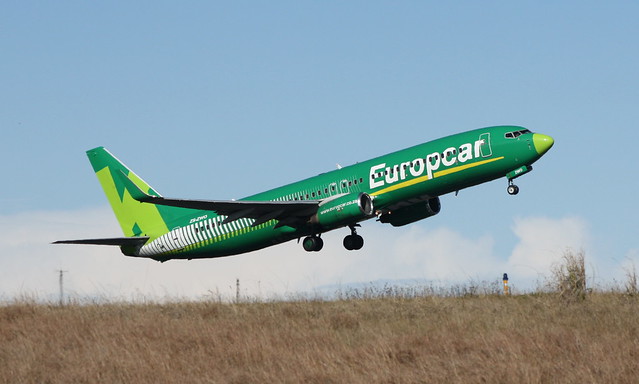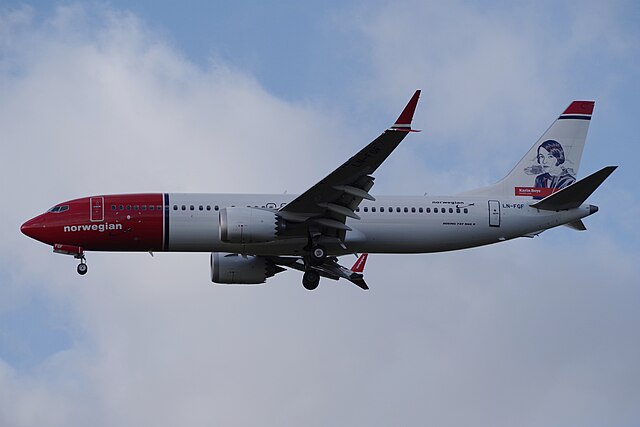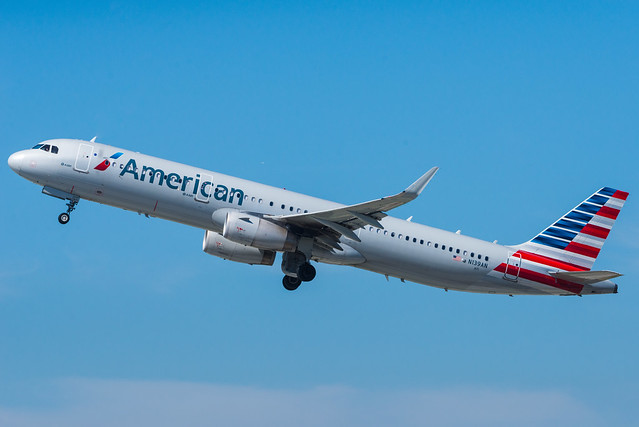Flysafair B734 near Cape Town on Aug 20th 2019, loss of cabin pressure
Last Update: May 17, 2020 / 19:59:01 GMT/Zulu time
Incident Facts
Date of incident
Aug 20, 2019
Classification
Incident
Cause
Loss of cabin pressure
Airline
FlySafair
Flight number
FA-461
Departure
Cape Town, South Africa
Destination
Durban, South Africa
Aircraft Registration
ZS-JRM
Aircraft Type
Boeing 737-400
ICAO Type Designator
B734
The occurrence aircraft positioned to Johannesburg at FL370 after about 15.5 hours on the ground and returned to service about 39.5 hours after landing in Cape Town.
On Sep 18th 2019 the South African Civil Aviation Authority (SACAA) released their preliminary report describing the damage to the aircraft: "The damage to the aircraft was limited to the aft cargo door pressure seal and a section of the cargo hold ceiling that had collapsed."
The SACAA reported the passenger oxygen masks were automatically released, the flight crew donned their oxygen masks.
The SACAA described the cargo doors: "The Boeing 737-400 has a forward and aft cargo door, which are located on the right side of the aircraft when viewed from the aft. These two doors differ slightly in size, with the forward door being slightly larger than the aft door as can be seen in Figure 3. Both these doors are fitted with a specially designed pressure rubber seal, which cover the circumference of the entire door. The primary purpose of this pressure seal is to prevent pressurised air leaking from inside the aircraft to the atmosphere via the cargo hold during flight. "
Photo taken by SACAA shows a section of the aft cargo door seal separated and protruding from the closed cargo door.
The SACAA stated in their first findings: "The forward and aft cargo door pressure seals can only be inspected if a person physically climbs into the cargo hold as the door opens to the inside. It is not possible to conduct a detailed inspection of the cargo door seal from the outside with the door in the close position."
On May 17th 2020 the SACAA released their final report concluding the probable cause of the incident was:
The rapid decompression was caused by the failure of the aft cargo door pressure seal. The failure of the pressure seal was most likely attributed to manhandling of the door during cargo/baggage handling, which is conducted manually (by hand) before and after each flight.
The SACAA described the sequence of events:
After take-off from Runway 19, the aircraft with call sign Safair 461 (FA461) turned out left. At approximately 1815Z, whilst the aircraft was passing 10 500 feet (ft) above mean sea level (AMSL), the aircraft was cleared by radar control to climb to flight level 330 (FL330), which was acknowledged by the crew.
At approximately 1824Z, the aircraft was climbing through FL310 and about 33 seconds later at 1825Z, the crew declared an emergency by broadcasting a Mayday. Both pilots indicated that they heard two loud thuds originating from the rear of the aircraft. Immediately afterwards, the pressurisation gauge indicated a gradual climb in the cabin altitude and, a few seconds later, the cabin pressure became uncontrollable. A Cabin Altitude Warning System activated automatically. The crew then initiated the memory items for an emergency descent.
The aircraft was cleared for an emergency descent and commenced with a right descending turn to FL100. At approximately 1831Z, the crew levelled off the aircraft at FL100 and was given vectors back to FACT by the radar controller. During the emergency descent, oxygen masks deployed automatically from the service panels in the cabin for passengers, and the cockpit crew donned their respective oxygen masks manually. This was confirmed by the cabin crew members. The cabin crew members then assessed the incident but could not determine exactly what had happened at that stage.
The aircraft landed safely on Runway 19 at approximately 1857Z. No one on-board the aircraft was injured. The crew brought the aircraft to a stop on the runway and requested that the external fuselage be inspected before they proceed taxiing to the parking bay. The aerodrome rescue and fire-fighting (ARFF) personnel inspected the aircraft and no external damage was observed. The crew was advised accordingly, and they taxied the aircraft to the parking.
The SACAA analysed:
The aircraft did not suffer from any external fuselage damage that could have caused the rapid decompression incident. Available evidence indicated that the bottom section of the aft cargo door pressure seal, approximately 84cm in length, failed and could not be located, probably sucked out during the flight. A section of the cargo hold ceiling was also found collapsed. It could, therefore, not be ruled out that the cargo door pressure seal was damaged prior to the flight. The cargo door was closed by a member of the baggage handling agent after the baggage was loaded. The person did or maybe did not observed the damage and had proceeded to close the door without reporting it. As a result, pressurised air leaked into the atmosphere to an extent that the aircraft pressurisation system could not keep up with the supply to maintain a safe and comfortable environment for passengers and the crew members.
Incident Facts
Date of incident
Aug 20, 2019
Classification
Incident
Cause
Loss of cabin pressure
Airline
FlySafair
Flight number
FA-461
Departure
Cape Town, South Africa
Destination
Durban, South Africa
Aircraft Registration
ZS-JRM
Aircraft Type
Boeing 737-400
ICAO Type Designator
B734
This article is published under license from Avherald.com. © of text by Avherald.com.
Article source
You can read 2 more free articles without a subscription.
Subscribe now and continue reading without any limits!
Read unlimited articles and receive our daily update briefing. Gain better insights into what is happening in commercial aviation safety.
Send tip
Support AeroInside by sending a small tip amount.
Related articles
Safair B734 at Johannesburg on Sep 16th 2019, multiple system failures on rotation for takeoff
A Safair Boeing 737-400, registration ZS-JRM performing flight FA-202 from Johannesburg to Cape Town (South Africa) with 130 passengers and 6 crew,…
Flysafair B738 near Johannesburg on Aug 2nd 2025, loss of cabin pressure
A Flysafair Boeing 737-800, registration ZS-ZWO performing flight FA-570 from Johannesburg (South Africa) to Zanzibar (Tanzania), was climbing…
Flysafair B738 near Johannesburg on Jan 29th 2025, captain incapacitated
A Flysafair Boeing 737-800, registration ZS-SJV performing flight FA-711 from George to Johannesburg (South Africa), as enroute in the latter stages…
FlySafair B734 near Port Elizabeth on Jul 23rd 2015, electrical problem
A FlySafair Boeing 737-400, registration ZS-JRI performing flight FA-2304 from Johannesburg to Port Elizabeth (South Africa), was descending towards…
Newest articles
Norwegian B38M at Malaga on Nov 22nd 2025, another aircraft on landing runway
A Norwegian Air Shuttle AOC Boeing 737-8 MAX, registration LN-FGF performing flight DY-1800 from Oslo (Norway) to Malaga,SP (Spain) with 189 people…
American A321 near Houston on Nov 23rd 2025, fumes on board
An American Airlines Airbus A321-200, registration N139AN performing flight AA-2118 from Orlando,FL to Phoenix,AZ (USA), was enroute at FL320 about…
Subscribe today
Are you researching aviation incidents? Get access to AeroInside Insights, unlimited read access and receive the daily newsletter.
Pick your plan and subscribePartner

ELITE Simulation Solutions is a leading global provider of Flight Simulation Training Devices, IFR training software as well as flight controls and related services. Find out more.
SafetyScan Pro provides streamlined access to thousands of aviation accident reports. Tailored for your safety management efforts. Book your demo today
AeroInside Blog
Popular aircraft
Airbus A320Boeing 737-800
Boeing 737-800 MAX
Popular airlines
American AirlinesUnited
Delta
Air Canada
Lufthansa
British Airways



